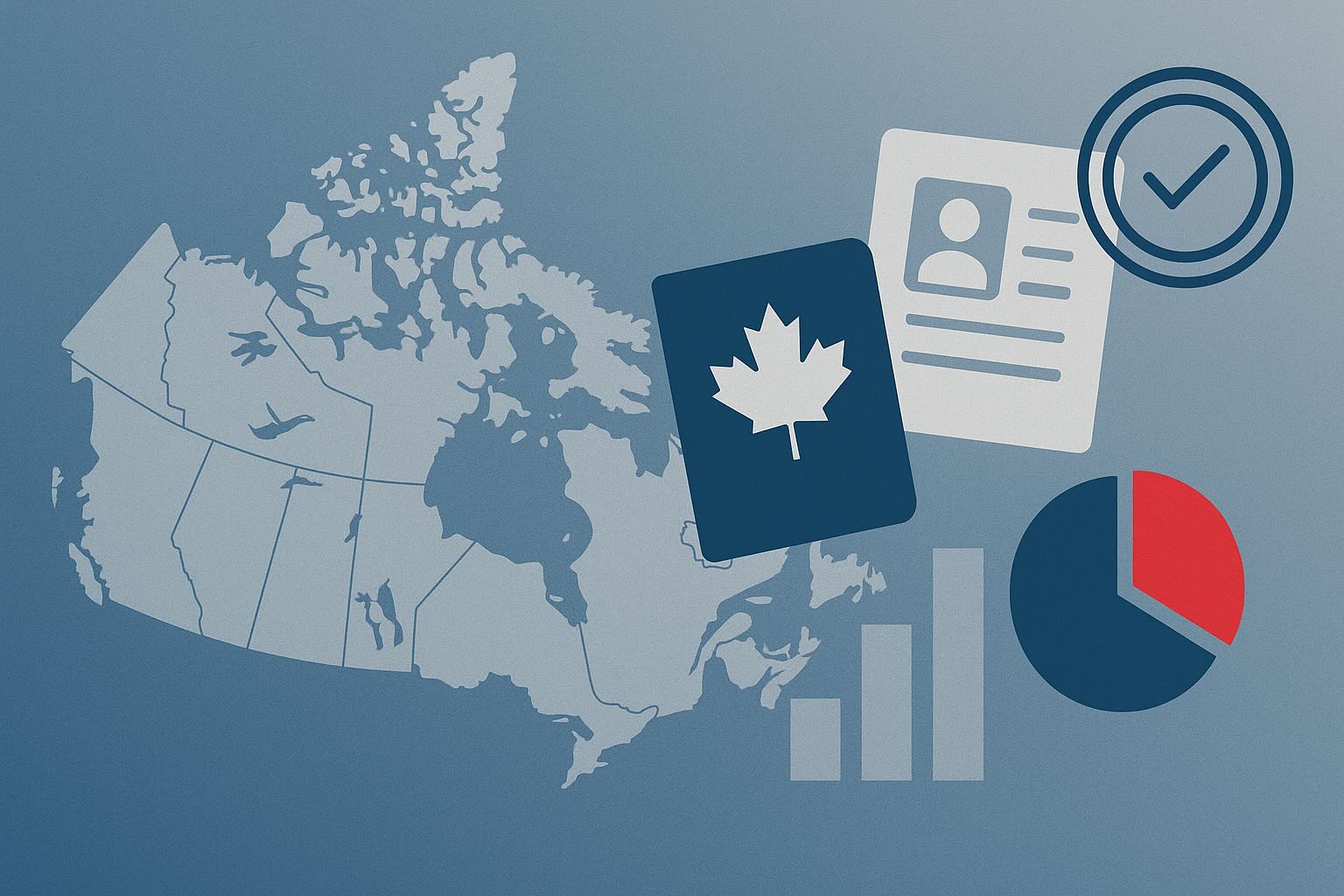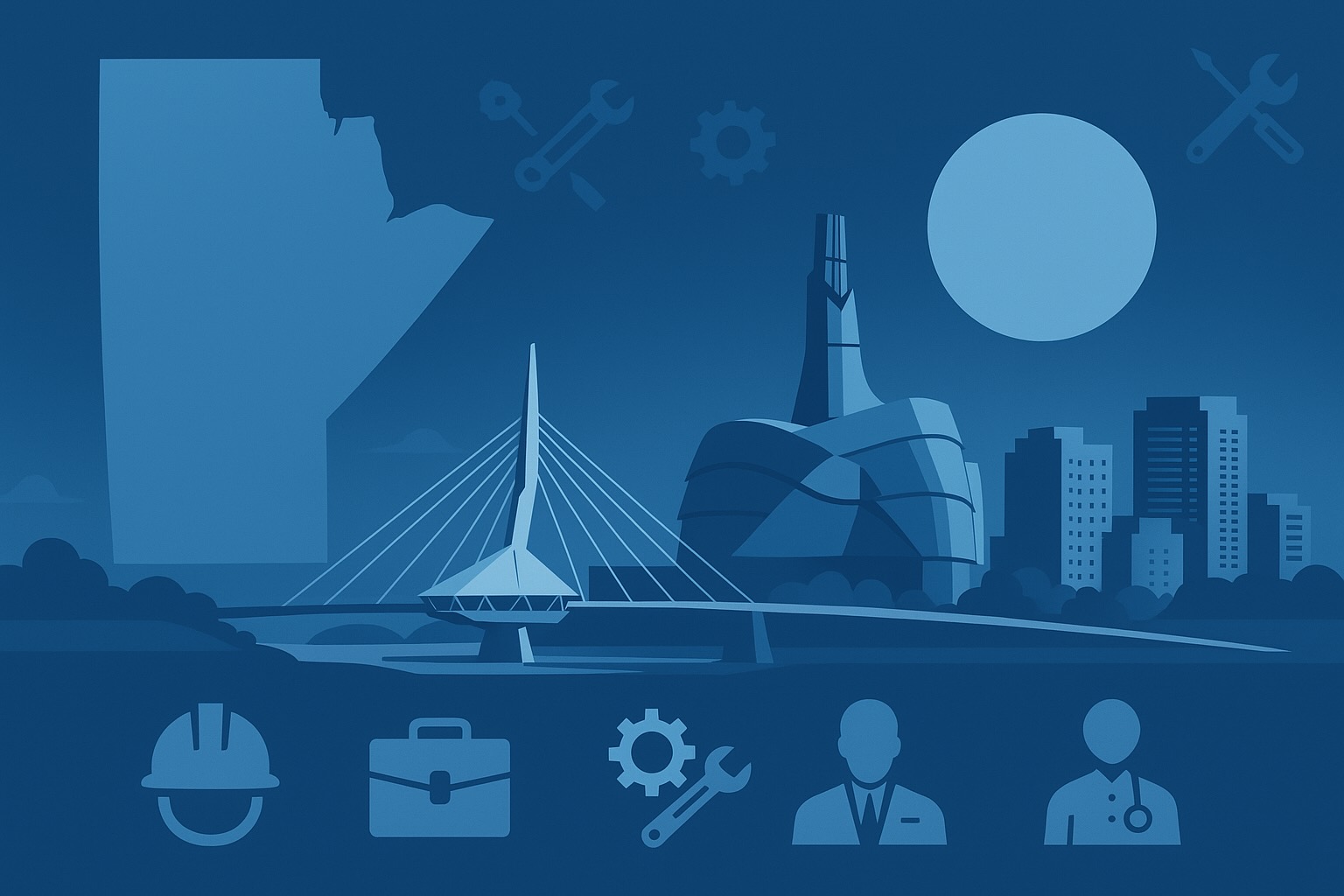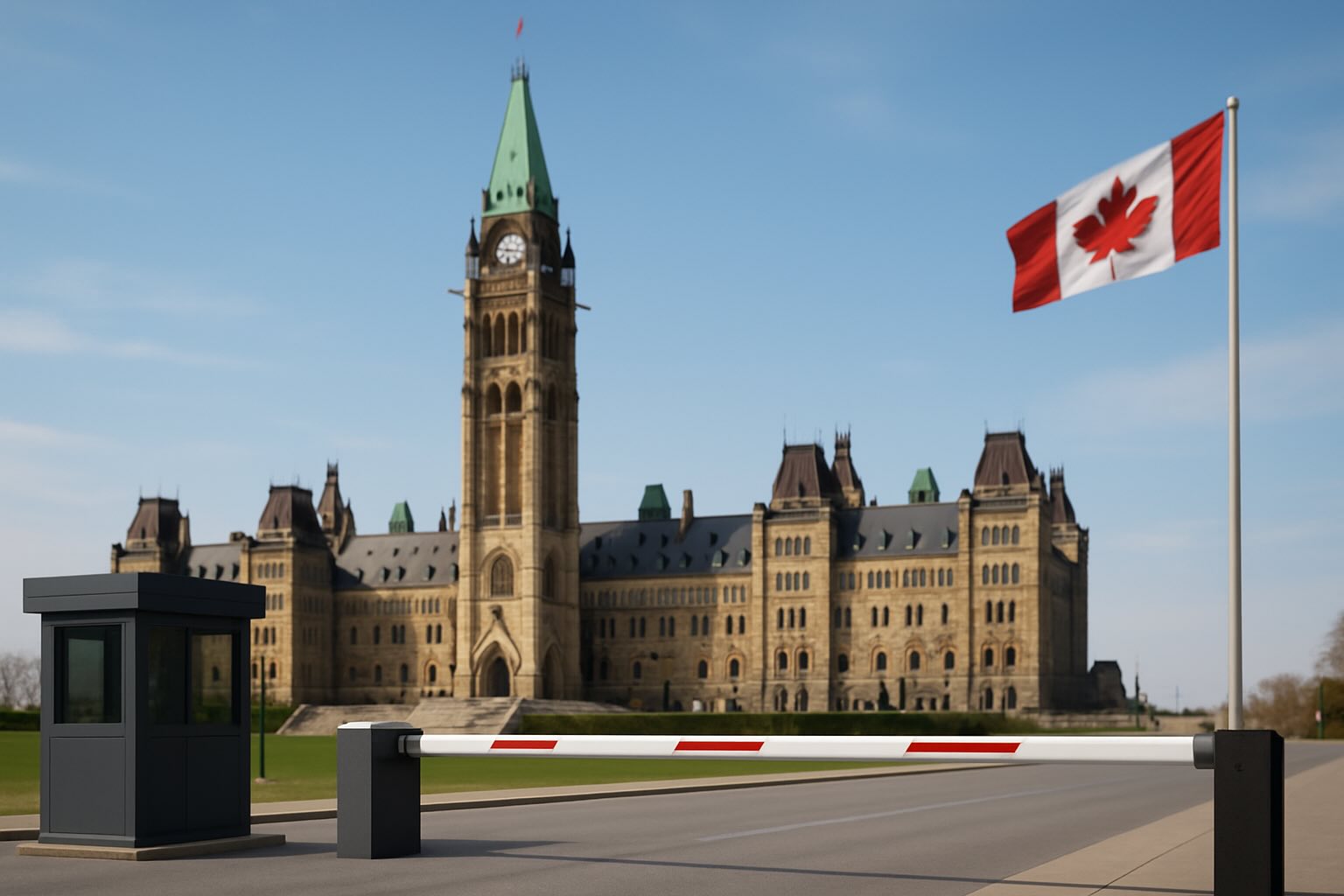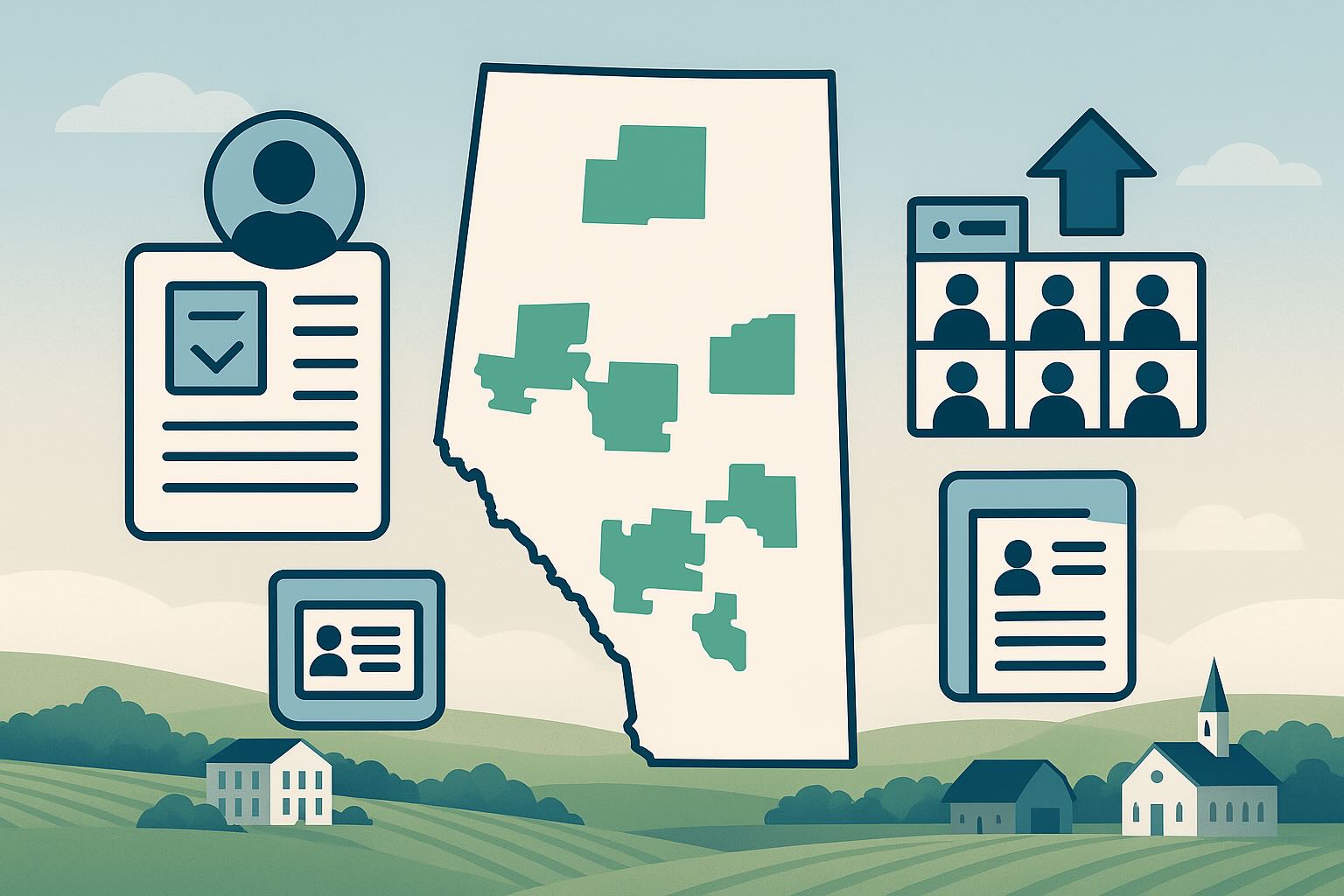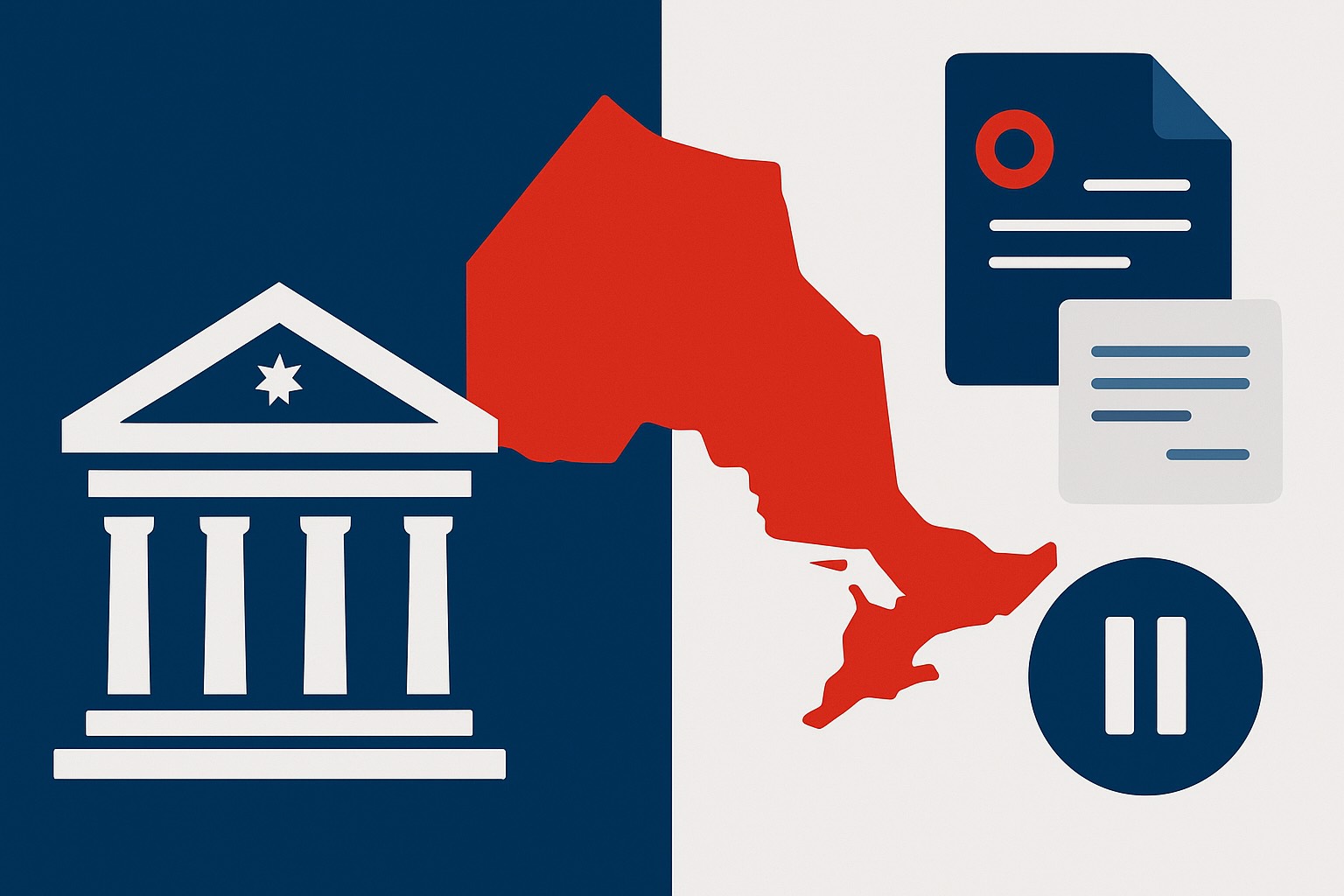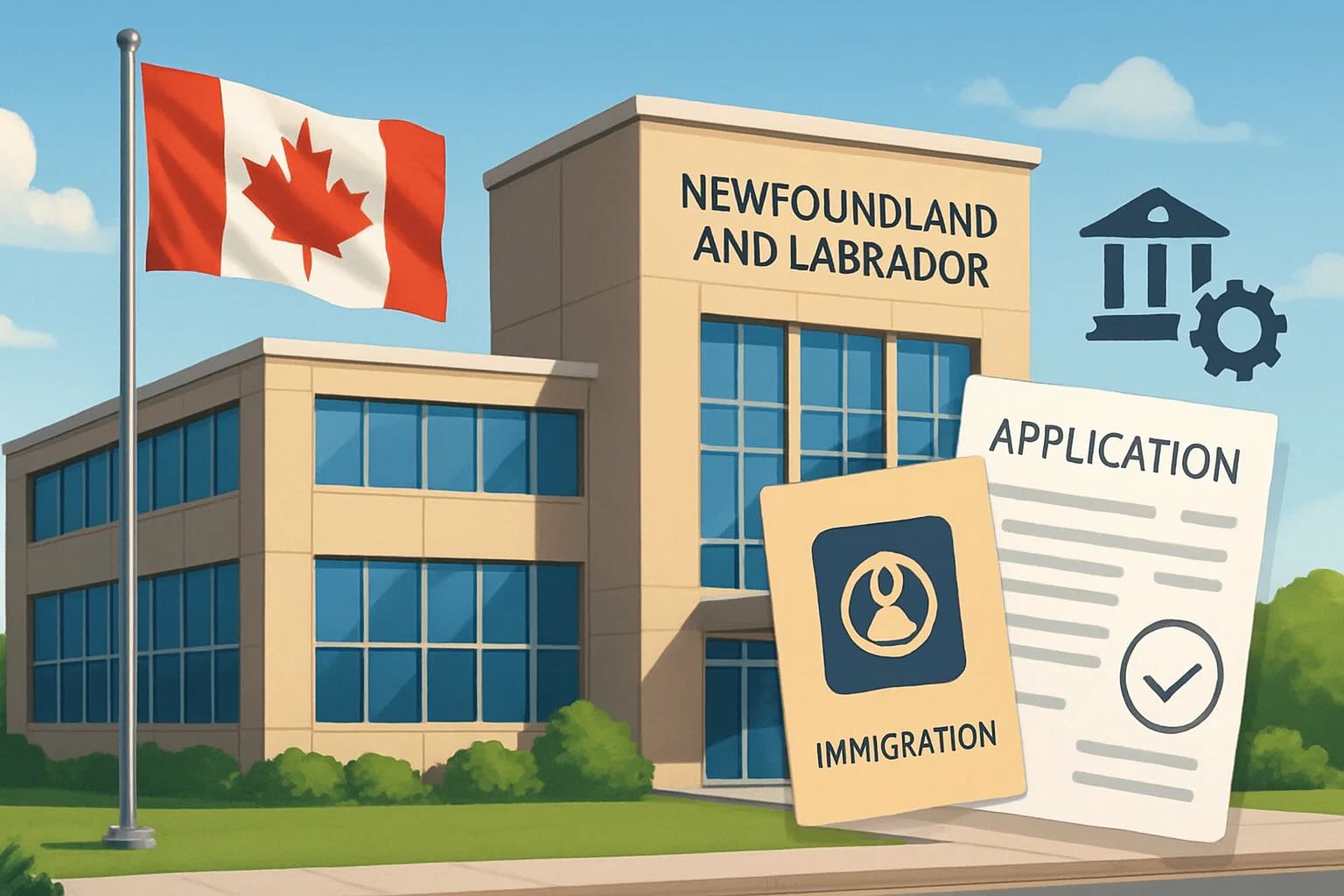The Express Entry system is Canada’s primary economic immigration program, designed to attract highly skilled talent from around the world to meet labor market needs. Express Entry is not an independent immigration program but a system used to manage applications for the following three federal economic immigration programs:
- Federal Skilled Worker Program (FSWP)
- Federal Skilled Trades Program (FSTP)
- Canadian Experience Class (CEC)
The Comprehensive Ranking System (CRS) plays a crucial role in the Express Entry system. It is a points-based system used to assess and select candidates who are eligible to apply for permanent residency through Express Entry.
Express Entry Application Process
The Express Entry application process consists of the following steps:
- Determine Eligibility: First, you need to determine whether you meet the eligibility requirements for the Federal Skilled Worker Program, Federal Skilled Trades Program, or Canadian Experience Class.
- Prepare Materials: Prepare all the necessary documents for your application, including education credentials, language test results, work experience proof, etc.
- Create an Express Entry Profile: Create an Express Entry profile on the Canadian immigration website, fill in personal information, and upload required documents.
- Enter the Candidate Pool: After submitting the profile, eligible applicants will enter the Express Entry candidate pool.
- CRS Scoring: The system will assess candidates according to the CRS scoring criteria.
- Receive an Invitation to Apply (ITA): The Canadian immigration authorities regularly invite high-scoring candidates from the pool to submit a permanent residency application.
- Submit Permanent Residency Application: After receiving the invitation, applicants must submit a complete permanent residency application within the specified timeframe.
- Approval and Medical Examination: The immigration authorities will process the application and require a medical examination.
- Obtain Permanent Residency: After approval, the applicant will be granted permanent residency status in Canada.
CRS Scoring Criteria
The total CRS score is 1200 points, divided into four factors: core human capital factors, spouse or common-law partner factors, skill transferability factors, and additional factors.
- Core Human Capital Factors: The maximum score for this section is 500 points (460 points for applicants with a spouse or common-law partner). The assessment items include:
- Age: Maximum points are awarded for applicants aged between 20-29.
- Education: A Ph.D. or equivalent qualification earns the highest points.
- Official Language Proficiency: High proficiency in English or French is rewarded with higher points.
- Canadian Work Experience: Applicants with three or more years of Canadian work experience will score higher.
- Spouse or Common-Law Partner Factors: The maximum score for this section is 40 points. The assessment items include:
- Education level
- Official language proficiency
- Canadian work experience
- Skill Transferability Factors: The maximum score for this section is 100 points. The assessment items include:
- Combination of education level and work experience
- Combination of language proficiency and education level
- Combination of language proficiency and work experience
- Additional Factors: The maximum score for this section is 600 points. The assessment items include:
- Provincial Nomination: A provincial nomination provides an additional 600 points.
- Canadian Education: Completing post-secondary education in Canada will earn additional points.
- Siblings in Canada: Applicants with siblings who are Canadian citizens or permanent residents can receive additional points.
- French Language Proficiency: Achieving a certain level of proficiency in French can earn extra points.
Click here to calculate your CRS score online for free.
Example Analysis
Here is a fictional candidate example showing how they scored high on the CRS:
Example: Canadian Experience Class (CEC)
Layla is a 39-year-old single woman from Sweden, holding a Master’s degree from a Canadian university.
After graduation, she received a Post-Graduation Work Permit (PGWP) and worked in Canada as a graphic designer for two years.
Layla is highly proficient in both French and English.
Her sister has been living in Ontario for 10 years and is a Canadian citizen.
Based on this information, Layla’s CRS score is as follows:
| Assessment Factors | Detailed Information | Points Received |
|---|---|---|
| Age | 39 | 55 |
| Education | Master’s Degree | 135 |
| Language Proficiency | English and French CLB 9 | 148 |
| Canadian Work Experience | Two years | 53 |
| Skill Transferability | Education + Language + Master’s Degree | 50 |
| Additional Factors | Canadian Education (Master’s Degree) | 30 |
| Additional Factors | French Language Proficiency | 50 |
| Additional Factors | Sibling in Canada | 15 |
Layla’s total score is 536 points.
In the February 5, 2024 CEC draw, the minimum score was 521 points. Therefore, Layla has a good chance of receiving an invitation to apply in this draw.
Key Factors Affecting CRS Scores
- Age: Age is a crucial factor in CRS scoring, with younger applicants generally having an advantage.
- Education Level: Higher education significantly boosts CRS scores.
- Language Proficiency: Excellent English or French proficiency is key to earning high scores.
- Work Experience: Extensive work experience, particularly Canadian work experience, increases CRS scores.
- Provincial Nomination: A provincial nomination is an excellent way to boost CRS scores.
- LMIA (Labour Market Impact Assessment): A job offer supported by LMIA can also increase CRS scores.
- Note: It is expected that from Spring 2025, job offers supported by LMIA will no longer provide additional points.
How to Improve CRS Scores
- Improve Language Skills: Take English or French language training courses to aim for higher scores on language tests.
- Continue Education: Consider pursuing a higher degree, such as a Master’s or Ph.D.
- Accumulate Work Experience: Gain as much work experience as possible, especially Canadian work experience.
- Apply for Provincial Nomination: Learn about the nomination programs in different provinces and apply for the most suitable one based on your situation.
- French Language Exam: If you speak French, take the TEF or TCF French test to earn extra points.
Conclusion
Understanding the Express Entry application process and how the CRS system works is crucial for applicants aiming to immigrate to Canada through economic immigration programs. By strategically improving your qualifications, applicants can increase their CRS score and improve their chances of receiving an invitation to apply. It is recommended that applicants carefully assess their situation, choose the appropriate immigration program, and devise a reasonable immigration strategy to achieve their goal of immigrating to Canada.

